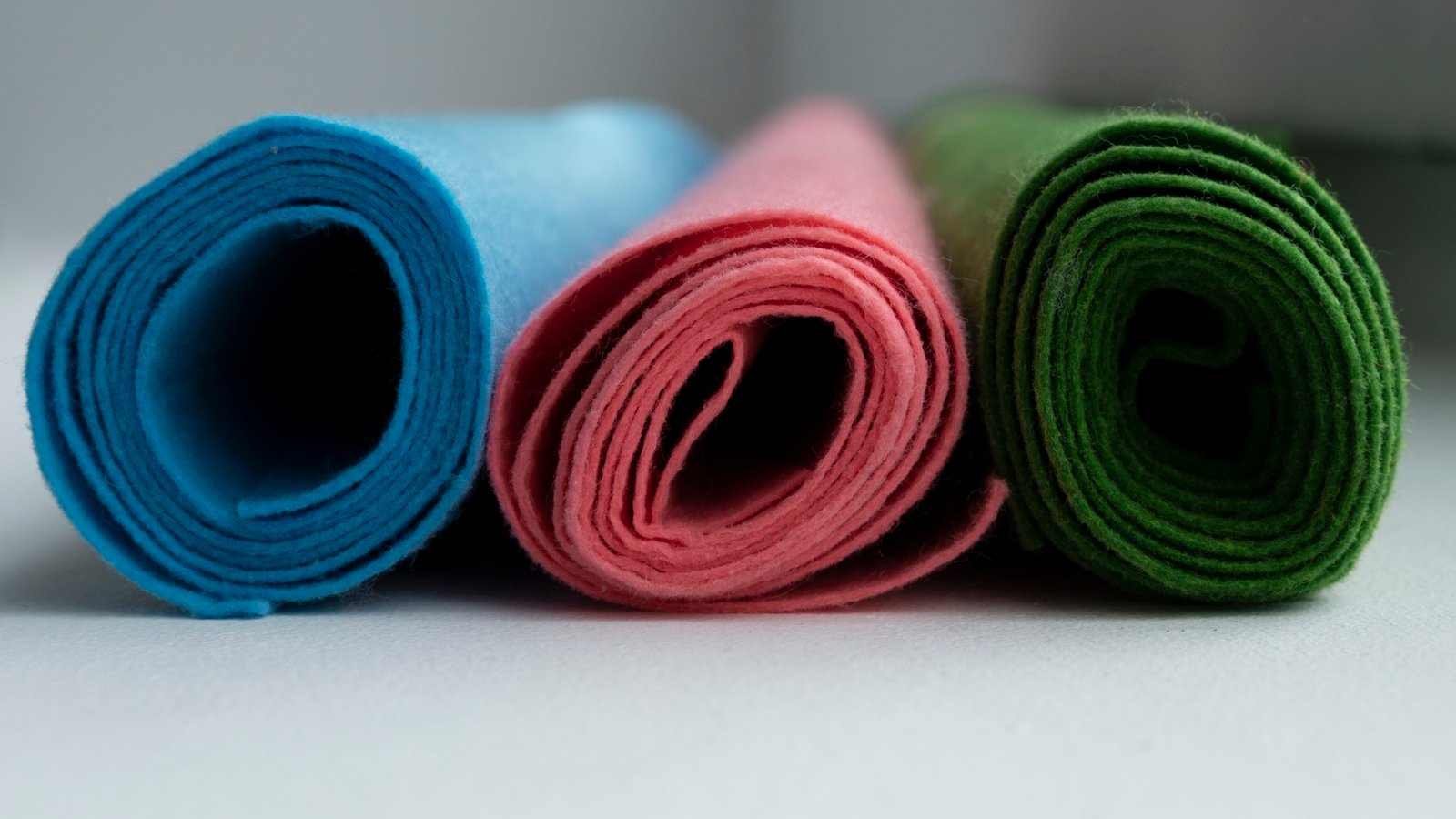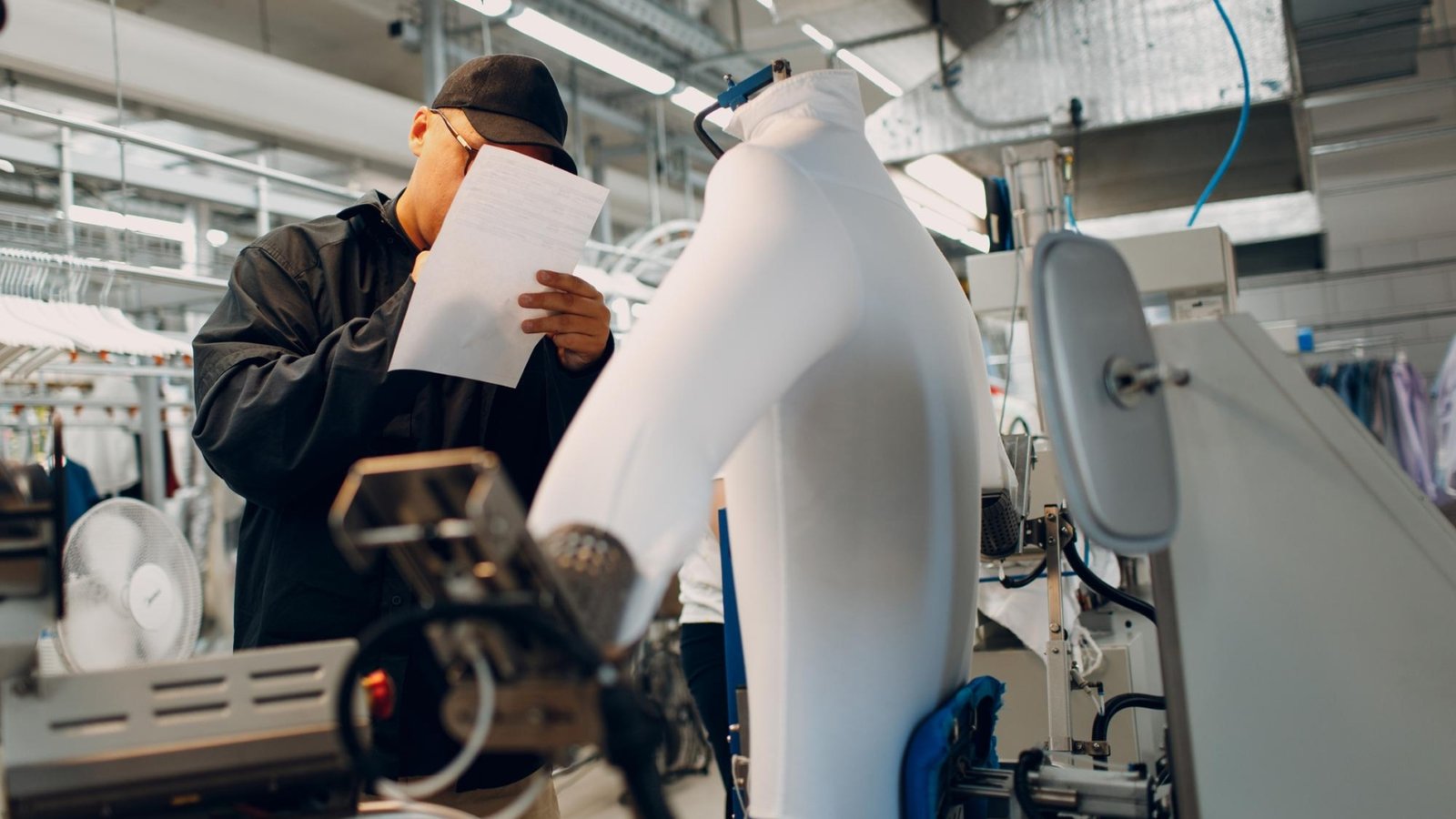The textile industry is undergoing a transformative phase, driven by cutting-edge innovations in textile finishing. A recent study titled “Recent Advancements in Textile Finishing Focused on” highlights groundbreaking developments that are reshaping the way fabrics are treated, enhancing their functionality, sustainability, and aesthetic appeal.
What is Textile Finishing?
Textile finishing refers to the processes applied to fabrics after they are manufactured to improve their performance, durability, and appearance. These processes can include treatments for water resistance, flame retardancy, antimicrobial properties, and more. With growing consumer demand for high-performance and eco-friendly textiles, the industry is embracing advanced technologies to meet these needs.
Key Advancements in Textile Finishing
The study outlines several notable advancements that are setting new standards in the textile sector:
- Sustainable Finishing Techniques
As environmental concerns take center stage; the industry is shifting toward eco-friendly finishing methods. Innovations such as plasma treatment, enzymatic finishing, and the use of biodegradable chemicals are reducing the environmental footprint of textile production. These methods not only minimize water and energy consumption but also eliminate harmful byproducts. - Smart and Functional Textiles
The integration of nanotechnology and smart materials has led to the development of textiles with advanced functionalities. Fabrics can now be engineered to have self-cleaning properties, UV protection, temperature regulation, and even embedded sensors for health monitoring. These innovations are particularly impactful in sectors like healthcare, sportswear, and military apparel. - Antimicrobial and Antiviral Finishes
In response to the global pandemic, there has been a surge in demand for textiles with antimicrobial and antiviral properties. New finishing techniques incorporate silver nanoparticles, copper oxides, and other active agents to create fabrics that inhibit the growth of pathogens, ensuring safer and more hygienic products. - Digital and 3D Printing in Finishing
Digital printing technologies are revolutionizing textile finishing by enabling precise and customizable designs. Additionally, 3D printing is being used to create textured finishes and intricate patterns that were previously impossible to achieve. This not only enhances the visual appeal of textiles but also opens up new possibilities for creative expression. - Durability and Performance Enhancements
Advances in chemical and mechanical finishing processes are improving the durability and performance of textiles. Techniques like cross-linking and nano-coatings are making fabrics more resistant to wear, tear, and environmental factors, extending their lifespan and reducing waste.
The Future of Textile Finishing
The study emphasizes that the future of textile finishing lies in the convergence of sustainability, technology, and innovation. As consumer preferences continue to evolve, the industry must prioritize research and development to stay ahead of the curve. Collaboration between scientists, manufacturers, and policymakers will be crucial in driving these advancements forward.
Why This Matters
These innovations are not just transforming the textile industry; they are also contributing to a more sustainable and technologically advanced future. By adopting these cutting-edge finishing techniques, manufacturers can create products that are not only high-performing but also environmentally responsible.
For more detailed insights, you can access the full study here.


